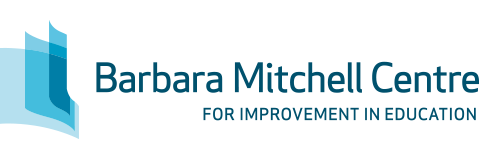Canadian natural gas, sold to markets in India and Asia, could displace some of their need to generate power with coal.
first nations
The treaty process in British Columbia recently received a major setback as a community in southern B.C. put its treaty implementation processes on hold.
The muddy waters of aboriginal land claims and private property rights in British Columbia may have just cleared a little.
Despite headlines about poverty and low graduation rates, some First Nations communities in Canada are experiencing success.
A small First Nations community called Whitecap Dakota, located just outside of Saskatoon, has a lot to celebrate on National Aboriginal Day.
Thinking hard about history can be a useful exercise if incorrect assumptions are reformed. This was one goal of the Truth and Reconciliation Committee’s report on residential schools, which, in early June, published a 388-page summary of its forthcoming final report.
A string of Supreme Court of Canada decisions have created a new range of property rights for First Nations, which they should be able to use to advance their prosperity.

